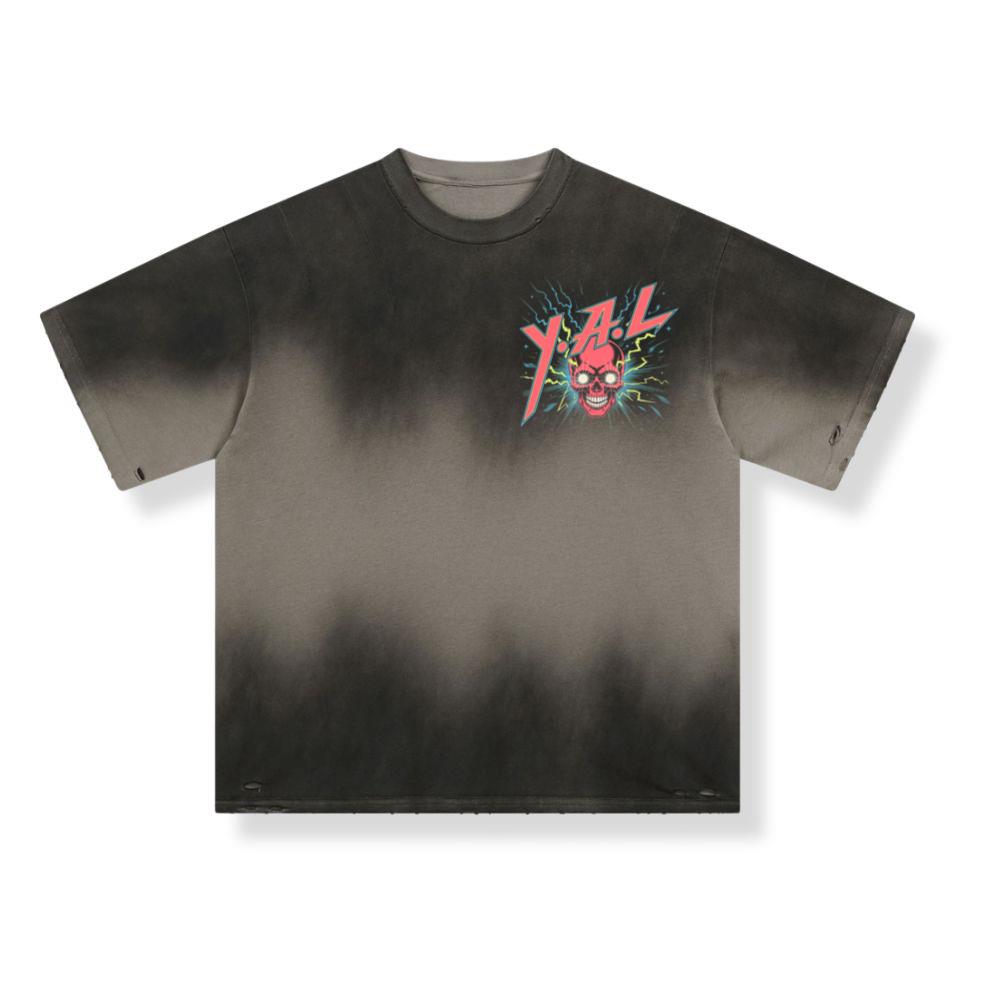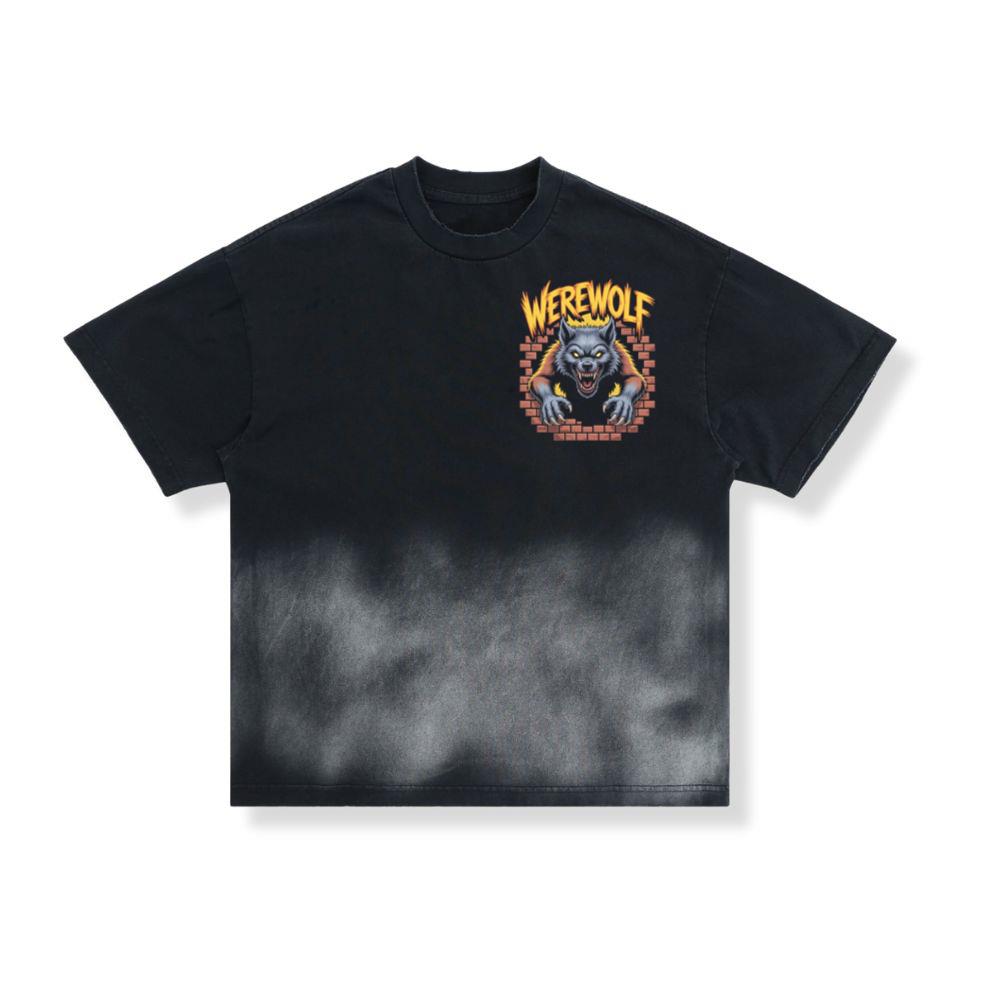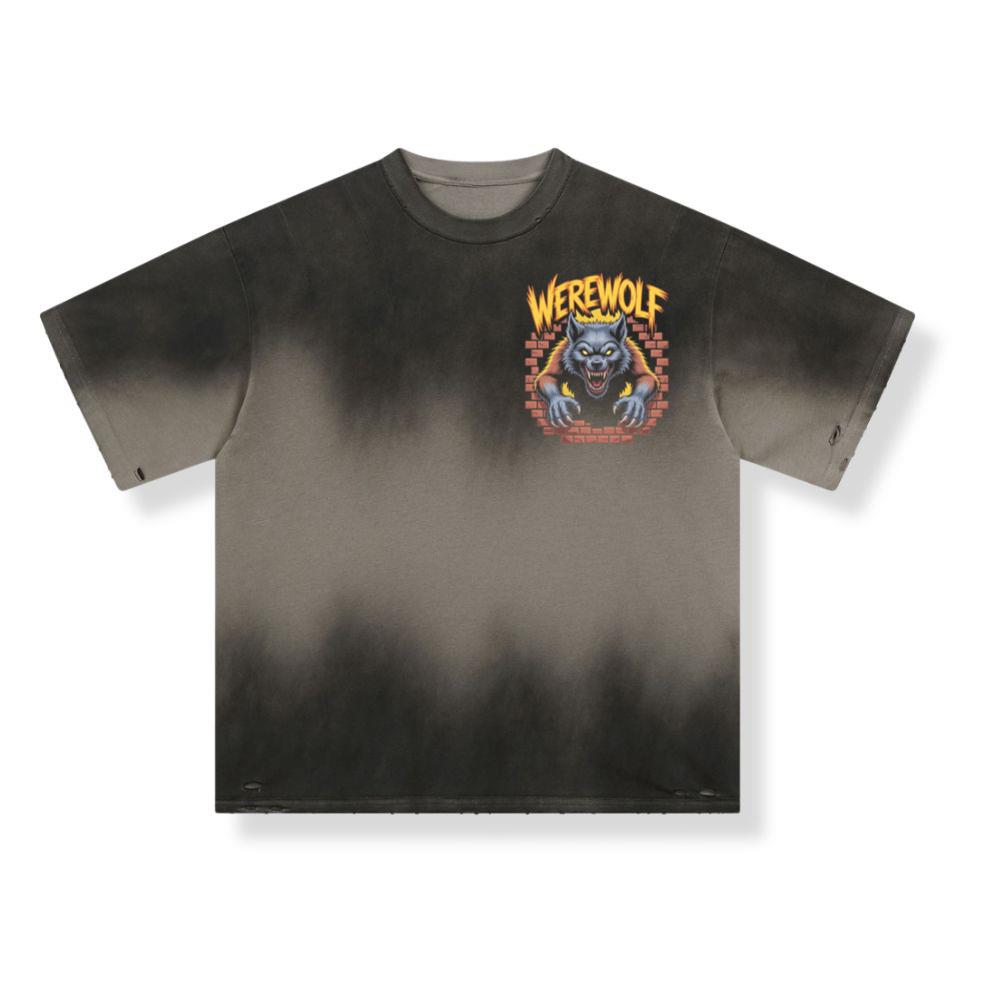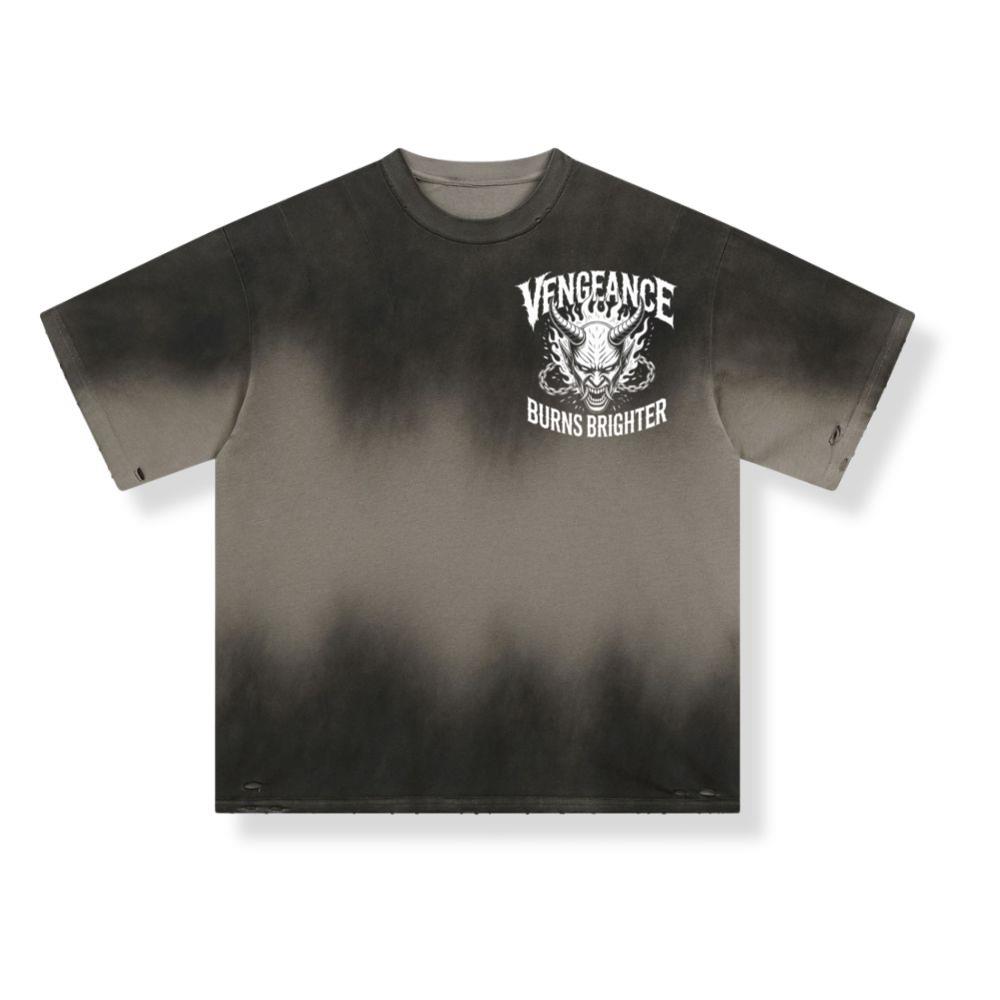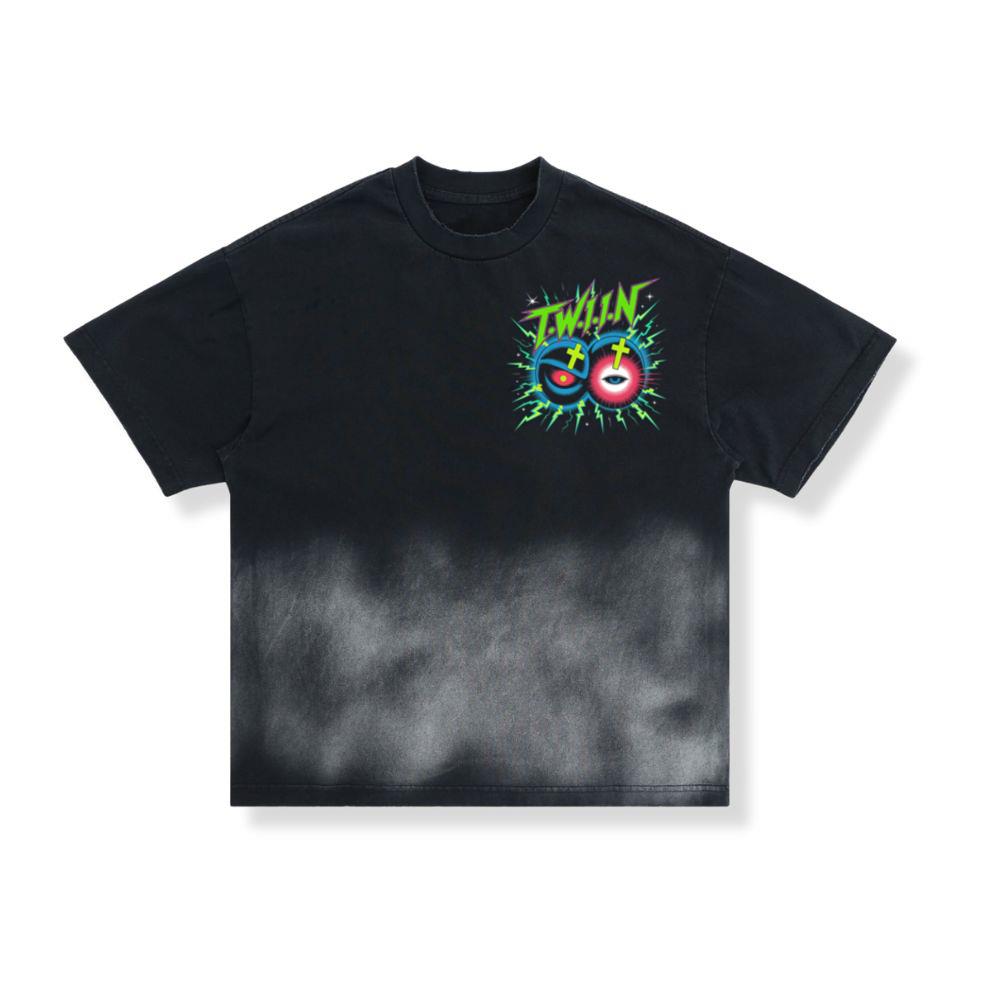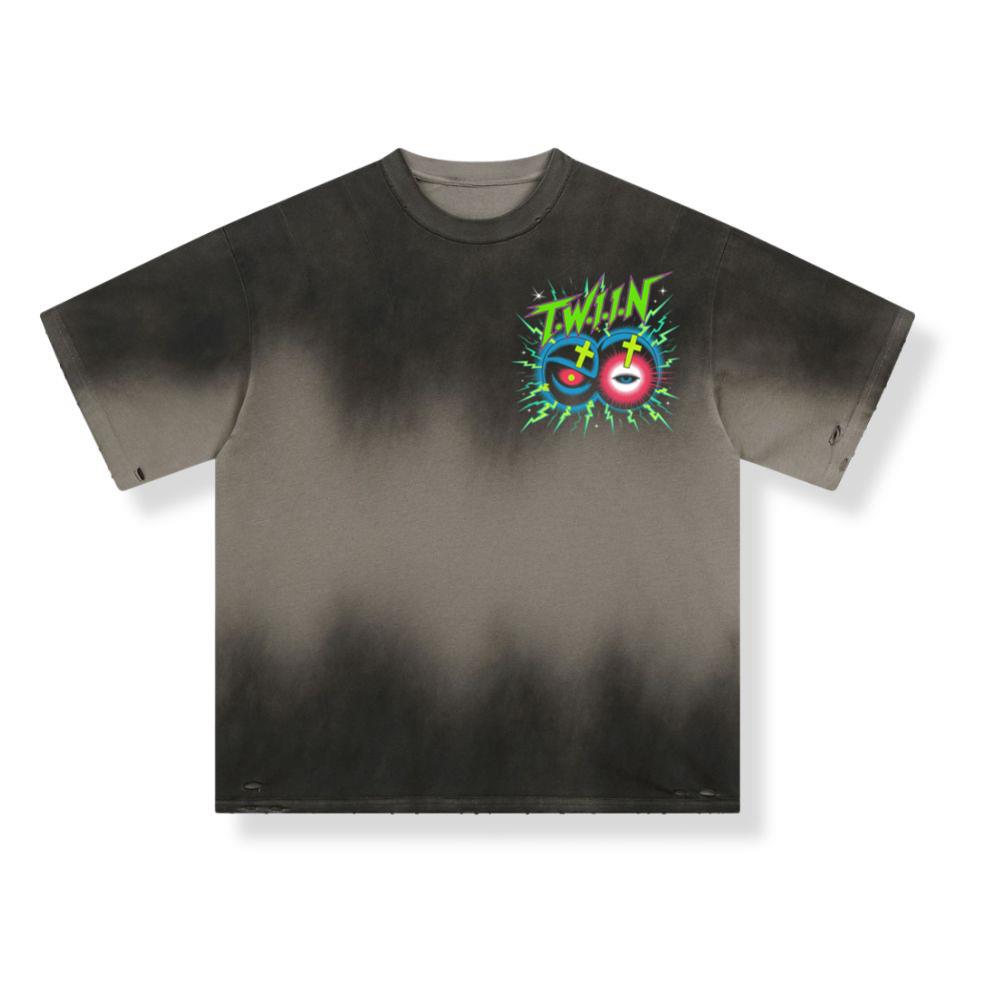Introduction: The Blank Canvas That Changed the World
It’s the simplest garment on earth — a square of cotton with two sleeves.
No logo, no color, no embellishment.
And yet, the white T-shirt has outlasted every trend, every fashion revolution, every generation’s obsession with what’s “new.”
From Marlon Brando’s rebellious smirk in A Streetcar Named Desire to James Dean’s quiet defiance, from Kate Moss’s effortless minimalism to Kendrick Lamar’s introspective cool — the white tee has remained a silent icon.
It doesn’t shout. It doesn’t demand. It just exists, confidently, eternally.
In a world obsessed with attention, the white T-shirt remains an act of quiet power.
This is the story of how a piece so simple became a symbol of purity, rebellion, and timeless cool.
- The Birth of a Basic
The white T-shirt didn’t begin in fashion — it began in function.
Its origins trace back to the early 1900s, when the U.S. Navy issued lightweight cotton undershirts to sailors as part of their uniform. These shirts were breathable, washable, and easy to move in — a far cry from the stiff uniforms of the time.
It was never meant to be seen.
But like many great icons, the white tee’s power came from its rebellion against its own purpose.
When soldiers returned from war and started wearing their undershirts in public, they unknowingly sparked a cultural shift. The world’s most understated garment was about to become fashion’s loudest whisper.
- Hollywood’s Quiet Revolution
No runway, no ad campaign — just cinema.
The white tee’s real rise came through Hollywood’s golden age, when men like Marlon Brando and James Dean turned it into a symbol of raw masculinity and emotional depth.
In the 1950s, when men were expected to wear suits and ties, these actors appeared on-screen in tight white tees, cigarettes hanging from their lips, eyes full of rebellion.
It wasn’t just style — it was statement.
The white T-shirt became shorthand for nonconformity, sexuality, and inner turmoil.
It said:
“I don’t need to dress up to matter.”
And that message hasn’t lost its power.
Even decades later, every designer and every youth culture movement — from punk to hip-hop — has borrowed from that cinematic DNA.
- The Minimalist Manifesto
Minimalism is often misunderstood as a lack of expression. But in truth, it’s the opposite — it’s precision.
The white tee is minimalism distilled into fabric.
It strips away the noise, leaving only form, texture, and intention.
In fashion theory, minimalism isn’t about wearing less — it’s about revealing more of yourself by removing distractions.
That’s why the white tee works with anything:
Under a suit, it whispers sophistication.
With jeans, it screams authenticity.
Tucked into trousers, it channels effortlessness.
It’s the foundation of every wardrobe — but also, for many, the foundation of identity.
Designers like Jil Sander, The Row, and Maison Margiela have all elevated the white tee to an object of obsession.
The message is clear:
“Simplicity is not emptiness. It’s elegance without ego.”
- The White Tee and Rebellion
Every generation has rebelled through fashion — but few garments have symbolized that rebellion across so many eras.
The white tee was there in the rock ‘n’ roll 60s, when it was worn ripped and stained by guitarists and poets.
It was there in the punk 70s, screen-printed with political slogans and DIY graphics.
It was there in the hip-hop 90s, oversized and paired with gold chains.
And it’s here now, in the digital 2020s, when quiet rebellion looks like choosing comfort over costume.
The white tee’s rebellion lies in its refusal to change.
While trends rise and fall, it remains, immune to hype, unbothered by algorithms.
Wearing a white T-shirt is, in many ways, the ultimate act of rebellion in the modern fashion world — because it rejects the need to be constantly seen.
- The Perfect Imperfection
Ask any stylist or designer: a great white T-shirt isn’t easy to make.
It’s a test of craftsmanship — the drape, the collar width, the stitch density, the cotton grade. Everything matters because there’s nowhere to hide.
Like good architecture, simplicity reveals truth.
The Japanese brand Sunspel spent decades refining its white tees using long-staple cotton.
Uniqlo U developed their own weight-perfect jersey with Christophe Lemaire’s minimal design philosophy.
Fear of God Essentials turned oversized cuts and heavyweight cotton into an aesthetic statement.
Every detail — the hem, the grain, the tone of white — transforms a basic into a masterpiece.
It’s proof that perfection is not about adding more.
It’s about knowing when to stop.
- Genderless, Ageless, Timeless
Unlike most garments, the white T-shirt belongs to no gender, no age group, no culture.
It adapts. It democratizes.
From Audrey Hepburn to Hailey Bieber, from Bruce Lee to Timothée Chalamet — it transcends categories.
In an age of fluidity, that universality matters more than ever.
The white tee is the blank identity layer — it lets you define what’s cool, instead of being defined by it.
Worn cropped, oversized, tucked, or layered, it’s a canvas for self-expression.
It doesn’t judge. It doesn’t exclude.
It’s fashion’s most democratic garment — accessible to anyone, powerful on everyone.
- Streetwear and the White Tee Economy
No conversation about the modern T-shirt is complete without streetwear.
In the 1990s and 2000s, the white tee became the cornerstone of urban identity.
Brands like Stüssy, Supreme, and A Bathing Ape began printing their logos on plain white tees — turning them into cultural currency.
A $5 shirt became a $100 statement, not because of material but meaning.
The white tee was no longer just an item — it was an entry ticket into a community.
When people bought those shirts, they weren’t buying fabric.
They were buying belonging.
That sense of unity — that a simple tee could carry your identity, your city, your story — transformed it from fashion to phenomenon.
Even today, the plain white tee remains the base layer of the streetwear hierarchy — whether worn under flannels, layered with hoodies, or styled with cargos and Jordans.
- The Symbol of Authenticity
In a hyper-digital world, where fashion is often filtered, exaggerated, and monetized, authenticity has become the rarest luxury.
And what better way to express authenticity than through simplicity?
The white tee is the anti-algorithm.
It doesn’t trend; it endures.
It doesn’t compete for attention; it commands it through restraint.
The reason people still wear it — from Silicon Valley CEOs to underground rappers — is that it represents something pure: honesty.
When Steve Jobs made the black turtleneck and blue jeans his uniform, he wasn’t avoiding style; he was expressing clarity.
Likewise, the white tee wearer often signals quiet confidence — someone who doesn’t need decoration to define value.
- Sustainability and the White Tee Reset
As fashion faces its sustainability crisis, the white tee has returned as a symbol of reset — the idea of owning less, but better.
Consumers are now more conscious of what’s behind that simplicity:
Where is the cotton sourced?
How much water was used?
Is it fair-trade, organic, or recycled?
Brands like Asket, Pangaia, and Organic Basics have redefined the white tee as a sustainable essential — tracking supply chains, reducing waste, and embracing slow fashion.
In the future, the white tee might become the measuring stick for ethical design.
A garment so simple, it exposes every value choice made by its creator.
The next frontier? Circular T-shirts — fully recyclable garments that never end up in landfills.
- The White Tee as Emotional Symbol
Beyond culture and commerce, the white tee carries something deeper — an emotional weight.
It’s nostalgia for simpler times. It’s the smell of summer air. It’s your favorite shirt from college, soft from years of wear.
Unlike statement pieces that demand care and attention, a white tee asks for nothing.
You wear it, you live in it, and over time, it becomes yours.
It ages like a diary — stains, folds, and tears recording your life.
That’s why people rarely throw away their old white tees. They don’t just hold shape; they hold memory.
Every faded spot tells a story — of concerts, heartbreaks, travels, lazy Sundays.
No luxury item can replicate that intimacy.
- The Future of the White Tee
What’s next for the most timeless garment in the world?
Not reinvention — refinement.
Expect more focus on texture innovation, biodegradable materials, and hyper-tailored fits.
Think T-shirts that adapt to body heat, resist odor naturally, and decompose responsibly.
But beyond technology, the future of the white tee lies in philosophy.
As fashion cycles accelerate, the white T-shirt stands as a reminder of what truly lasts:
Honest design.
Real craftsmanship.
Human connection.
No matter how advanced clothing becomes, we’ll always need something simple to bring us back to ourselves.





